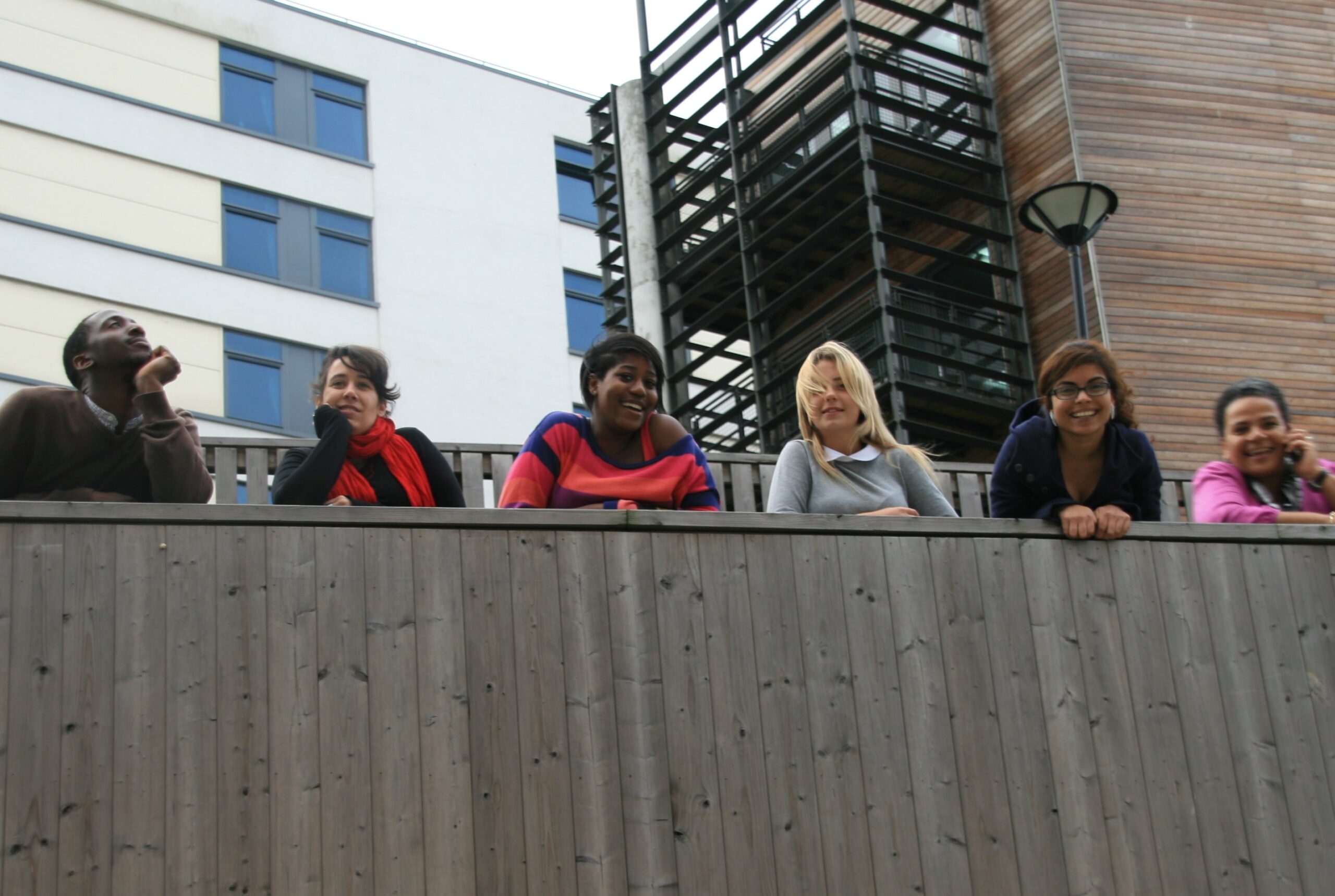
A group of Permeate fellows
Taking positive action
Jenny Williams is looking forward to the day when our national cultural institutions are led by a beautiful diversity of people across age, gender and culture.
According to a recent report produced by Odgers Berndston1, the next 20 years will see unprecedented changes within workforce cultures and organisations should start gearing up for this change. The baby boom generation has started to retire and over the next 20 years not only will we see a mass exodus of talent leaving various industries, but we will also see an influx of the new leadership of Generation X and Y. According to the report, Generation X and Y come with their own set of cultural values and a new diversity across age, gender and culture.
The report recommends six areas of focus, with two of particular interest to the arts: the first being a global quest for new talent and the second an analysis of the kind of skills for businesses to remain competitive in the new landscape. The 21st century leadership will require more collaborative approaches, and leaders will need to display emotional intelligence, people skills and flexibility in order to recruit, retain and motivate a more diverse and mobile workforce. According to the report’s co-writer Professor Cliff Olsen, Deputy Dean of Cass Business School: “The increasing diversity of the global workforce will need to be taken into account by corporate leaders. Cultural awareness will be at a premium and leaders will have to cultivate emotional intelligence and be better attuned to gender differences.”
It is therefore of little wonder that in business there has been renewed vigour in attracting diverse candidates into the workforce. Management consultants EY is currently leading a major initiative to encourage equality and diversity standards in business. There has been a re-emergence of diversity forums, now aptly termed ‘business resource groups’. These are seen by entrepreneurial and forward-thinking organisations as valuable to business on two levels. On the one hand, they help avoid costly court cases by providing ways to listen and respond to employee issues, and on the other they offer businesses valuable insight into new niche markets and improvement strategies to reach new customers, new recruits and develop new products.
I think that this forward-thinking approach is something that we in the creative and cultural industries should be focusing on with renewed endeavour. What kinds of skills will we require to remain competitive, relevant and intrinsic to society? How can we focus on strategies that attract and then retain a diverse workforce across gender, age and cultural diversity?
The increasing diversity of the global workforce will need to be taken into account by corporate leaders
I believe there are some simple, solutions-driven strategies that we can adopt, even at a time when our resources are contracting. Positive action is a model that has been used intermittently. The Equality Act 2010 strengthened an employer’s capability to use this ruling and applies to any protected characteristic that is currently underrepresented within a company or sector. There is a lot of negativity around positive action and it is understandable that many organisations have shied away from employing it. However, my user-friendly interpretation is that it is an organisational tool that can be employed in a number of different ways ranging from entry-level training programmes and senior-level succession planning through to fast-tracking talent.
An excellent model of employing positive action in a range of ways is Permeate. It aims to recruit and then train candidates from a wide and diverse talent pool across disabled and black and minority ethnic communities. What is unique about Permeate is that organisations and trainees are supported so that navigating positive action and positive discrimination (in the case of disabled employees) can be used to its fullest and legal extent.
Since its pilot in 2011, Permeate has delivered tremendous insight into how simply adapting recruitment processes can break down barriers. It discovered that often before someone even applies for a recruitment pack, those who have experienced different career paths take themselves out of the job race. Words and phrases that are commonly used − ‘must have an interest in contemporary arts practice’, ‘must be able to work on own initiative’ or ‘must have a degree’, as well as requiring a structured career path with no periods of non-employment − are all classifiers that at once include ‘people like us’ and exclude people with alternative career histories.
Monika Richards, Permeate’s Programme Manager, describes its value: “We have used different recruitment methodologies to attract people who might not see themselves as working within the creative and cultural sector. It's about addressing the gaps for people who come with a different narrative that is not currently represented. We help organisations to look at their workforce and question who is not there, why that is, and more importantly how to reach them.”
As well as programmes like Permeate I think there is much we can do alongside this. How about a sector-wide succession planning initiative over the next ten years to identify, nurture and develop our future leaders? Are we bold enough to develop consortiums of diversity resource groups? Can we develop individual pathways that enable talent to be trained over an entire career, mentored by a range of leaders and in a range of organisations? Can we share the responsibility for identifying and then retaining new talent that is not currently represented within our workforce? I dare to imagine a day when our cultural national institutions are led by a beautiful diversity of people across age, gender and culture. Do you?
Jenny Williams is a diversity consultant specialising in heritage, arts and social media.
www.takethespace.com
@jennyspacer
Join the Discussion
You must be logged in to post a comment.